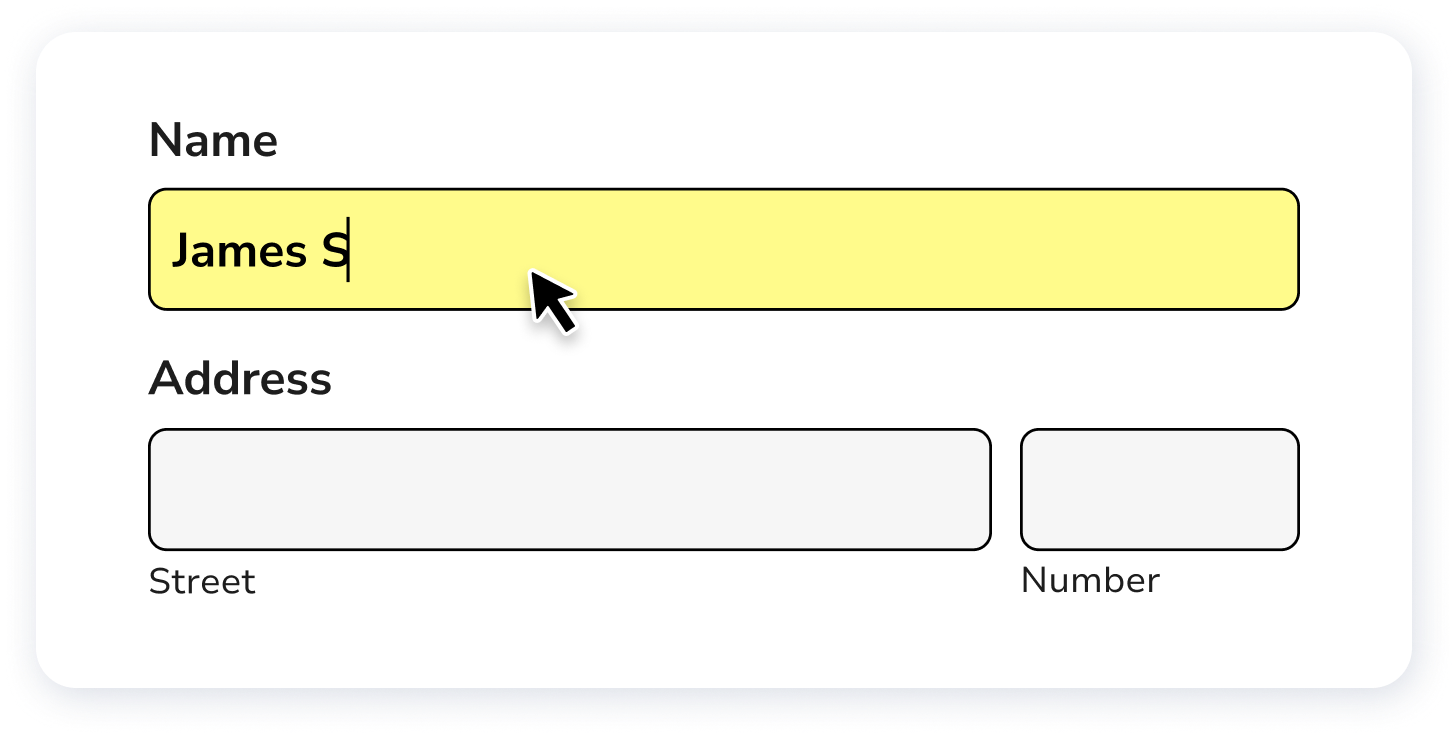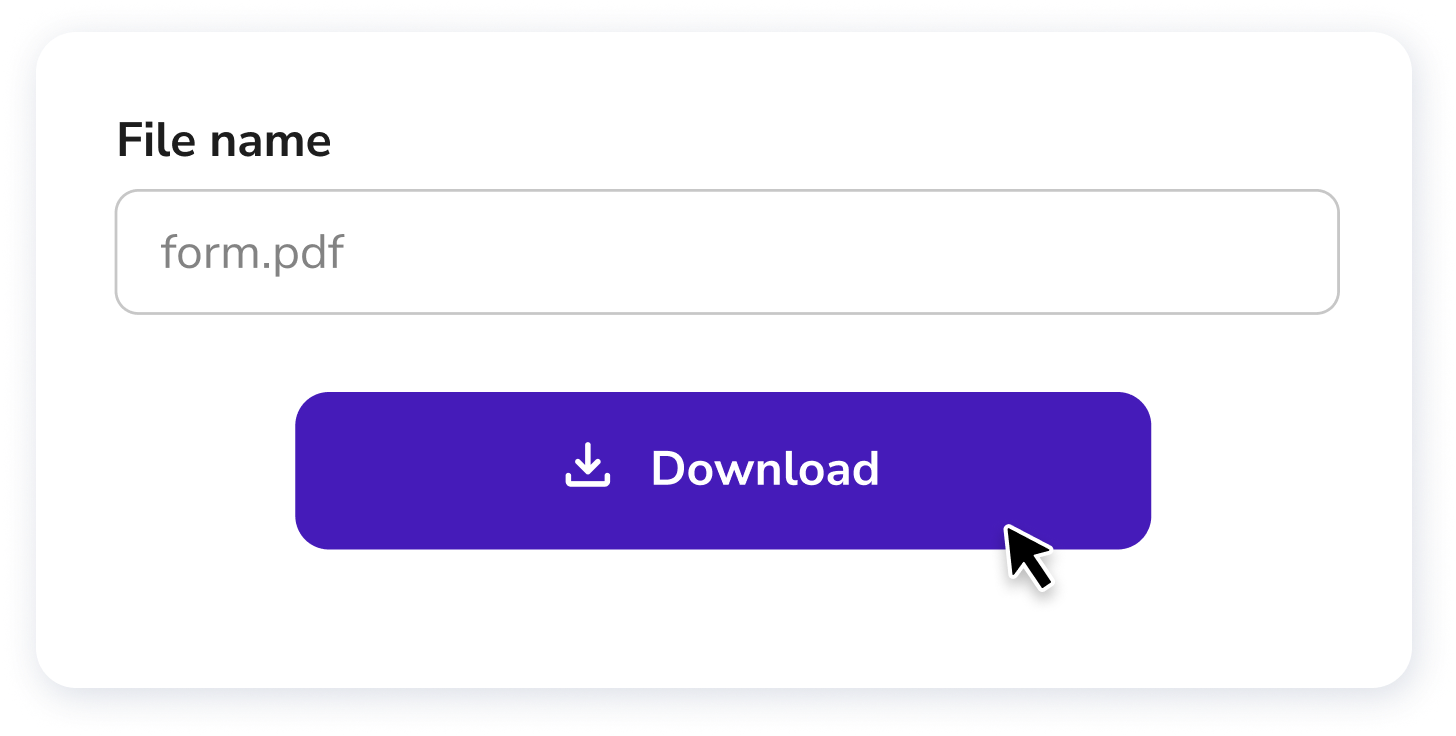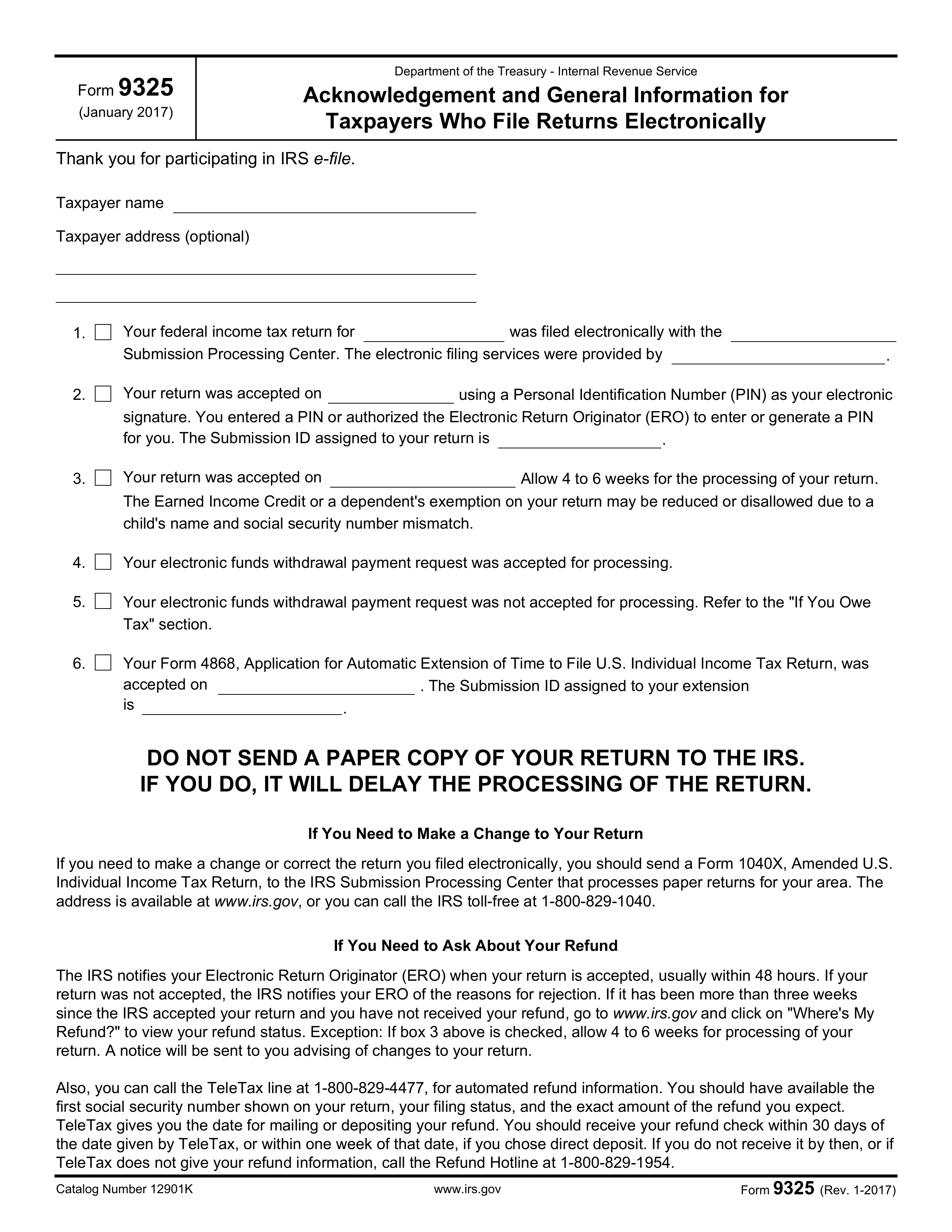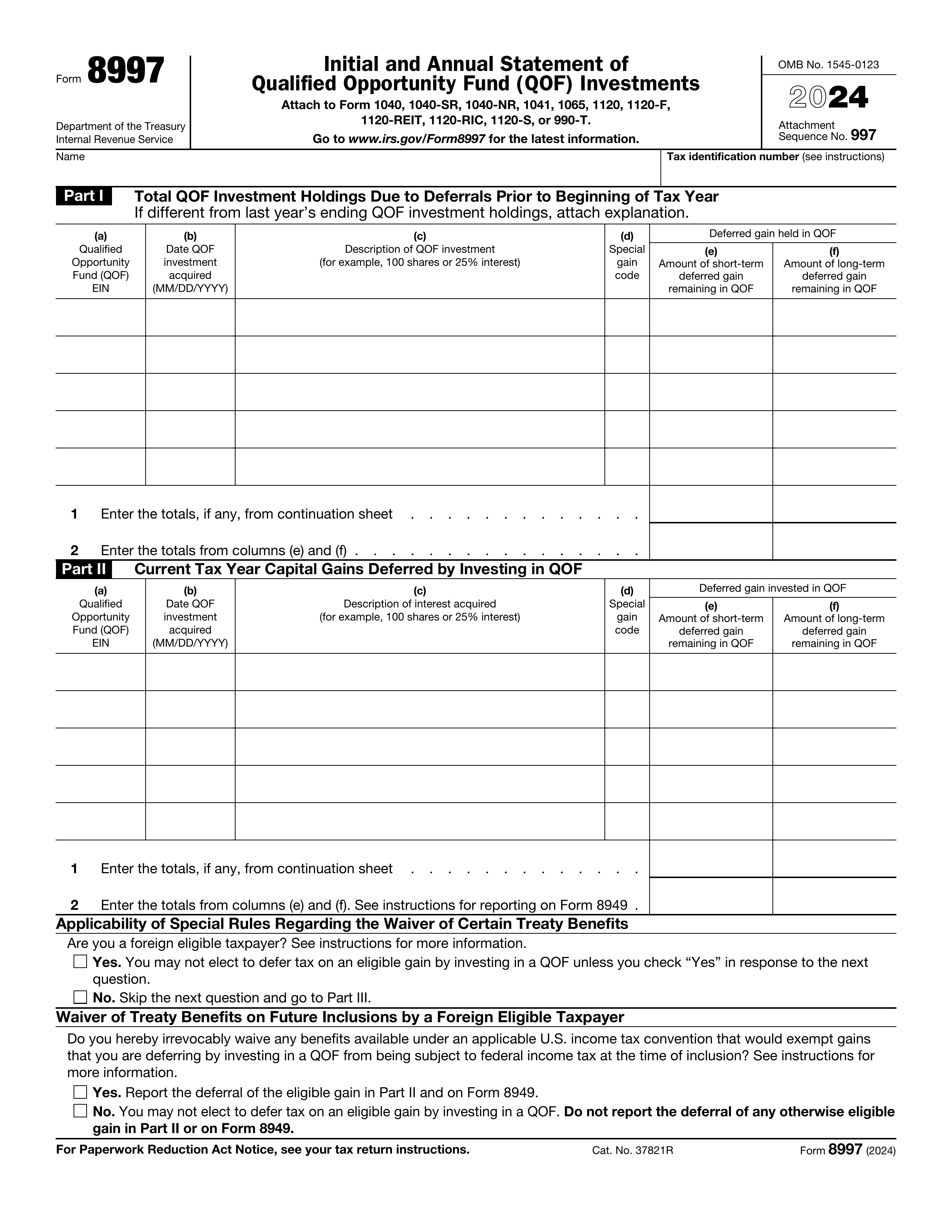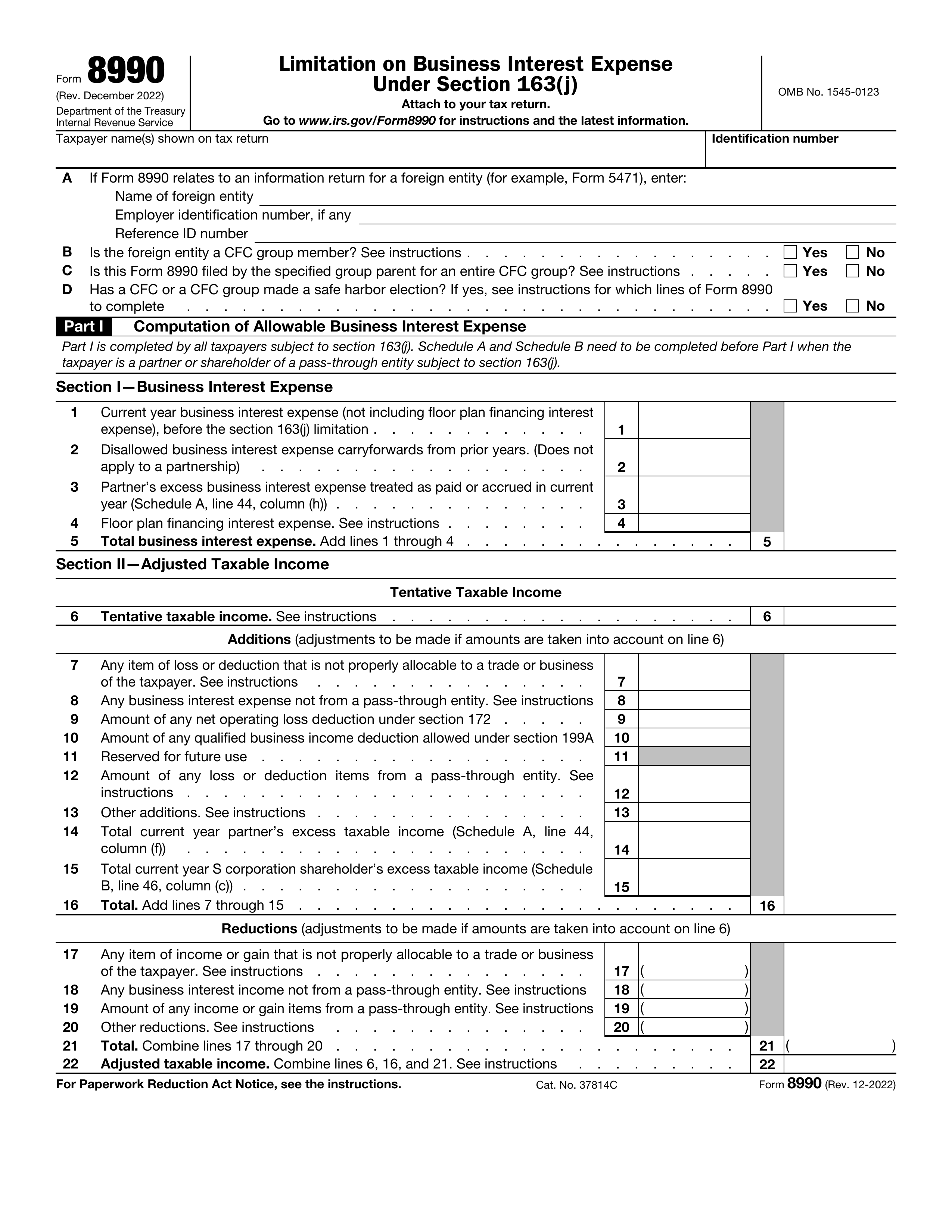What is Form 12153?
Form 12153, Request for Collection Due Process or Equivalent Hearing, is essential for taxpayers seeking to challenge the IRS's decision to file a tax lien or issue a levy. By submitting this form, taxpayers can request a hearing with the IRS Independent Office of Appeals, allowing them to dispute the IRS's actions. This process helps protect taxpayer rights and offers a chance to resolve tax issues without facing further collection actions. It's important to submit the form within 30 days of receiving a notice from the IRS.
What is Form 12153 used for?
Form 12153 is a tool for taxpayers dealing with IRS collection actions. Here’s what it can help you with:
- Appealing IRS liens and levies: Dispute collection actions and potentially halt the lien or levy.
- Negotiating payment plans: Discuss alternatives like installment agreements or offers in compromise.
- Seeking innocent spouse relief: Argue that your spouse or ex-spouse is solely responsible for unpaid taxes.
- Addressing financial hardship: Request alternatives due to financial difficulties.
- Requesting lien subordination: Make the IRS lien subordinate to another lien, such as a home equity loan.
How to fill out Form 12153?
- 1
Fill out Form 12153 with all required taxpayer details and tax information.
- 2
Select the appropriate boxes for the type of hearing requested (CDP or Equivalent).
- 3
Attach a copy of the IRS notice or letter that informs you of your right to appeal.
- 4
Mail the form to the address listed on the IRS notice or call 1-800-829-1040 for the correct address.
- 5
If faxing, call the IRS for the appropriate fax number.
Who is required to fill out Form 12153?
Individuals and businesses who have received a Notice of Federal Tax Lien or a Notice of Intent to Levy from the IRS are responsible for completing Form 12153. This includes those disputing IRS collection actions.
Taxpayers use Form 12153 to request a hearing with the IRS Independent Office of Appeals to challenge collection actions and propose alternative payment solutions.
When is Form 12153 not required?
Form 12153 isn't required when the IRS collection action poses a risk, like a worsening financial situation for the taxpayer. Taxpayers don’t need to file it for state income tax levies or federal tax collections in jeopardy. Additionally, if a taxpayer receives an Equivalent Hearing within the specified time frames, they also do not need to submit Form 12153.
When is Form 12153 due?
The deadline for Form 12153 is 30 calendar days from the date you receive a Notice of Intent to Levy or a Notice of Federal Tax Lien. If you miss this deadline, you may request an Equivalent Hearing within one year from the notice date, but the IRS strictly enforces these deadlines, and late submissions may not lead to an Equivalent Hearing.
How to get a blank Form 12153?
To get a blank Form 12153, simply visit our website. The IRS issues this form, and we have it pre-loaded in our editor for you to fill out. Remember, our platform helps with filling and downloading, but not filing forms.
How to sign Form 12153?
To sign Form 12153, you must include a handwritten signature, as electronic signatures are not accepted. If you have a representative, they can sign electronically using Form 2848, but this can only be done when submitted online at IRS.gov/Submit2848. Remember to check for the latest updates regarding signature requirements and ensure you complete your form using PDF Guru, then download it for your records. Note that PDF Guru does not support submission.
Where to file Form 12153?
To submit Form 12153, send it to the address specified for requesting a hearing on your Collection Due Process notice, not the payment address.
If you're unsure about the correct address, refer to your CDP notice for guidance or call the IRS for assistance. You can also fax your request if the notice provides a fax number.

